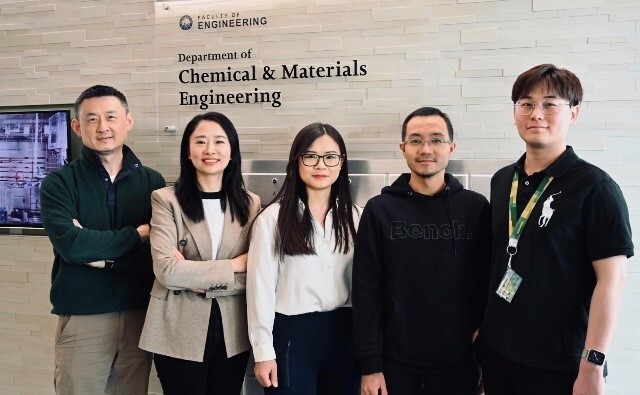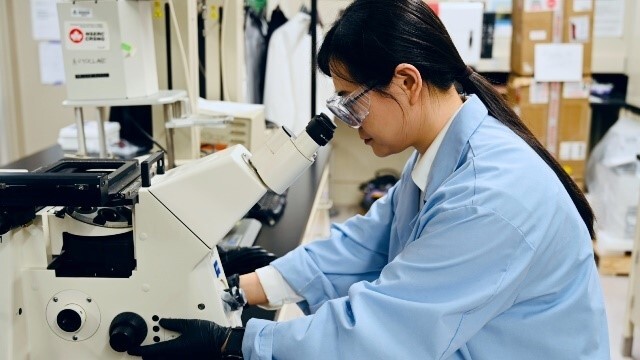

Innovations that pave the way for a better future are crucial for advancing technology, improving quality of life, and addressing global challenges. An engineering research team at the University of Alberta (U of A) has discovered a new coating material comprising metals like aluminium and nickel that shows great potential for high-temperature applications, such as hydrogen combustion engines.

Attributes of AlCrTiVNi5
Dubbed - AlCrTiVNi5, the newly developed alloy material is ideal for coating surfaces that endure high temperatures, such as those found in gas turbines, power stations, and vehicle and aeroplane engines. It also boasts superior thermomechanical properties, including high stability, low thermal expansion, fracture tolerance, and an exceptional combination of strength and ductility.
These attributes enable it to perform well in high-heat and high-pressure environments. According to project supervisor Jing Liu, an assistant professor in the Department of Chemical and Materials Engineering, this new coating material outperforms existing commercially available alloys used in high-temperature applications. It holds significant promise for use in hydrogen engines.
"If you would like to use a 100 per cent hydrogen fuel combustion engine, the flame temperature is extremely high. Until now, none of the existing metallic coatings have been able to work in a 100 per cent hydrogen combustion engine," said Liu, the project supervisor.
Drawbacks of Hydrogen as energy source
Hydrogen is considered one of the cleanest energy sources because it produces only water when burned or used in a fuel cell. It is crucial for Canada and Alberta's emissions reduction goals, and it has applications in transportation, home heating, and heavy industry.
However, a major challenge in hydrogen adoption is its high combustion temperature, which ranges from 600 to 1500 degrees Celsius. These extreme temperatures necessitate that any mechanical components involved in hydrogen combustion must withstand high heat and resist steam corrosion.
Currently, most commercial hydrogen combustion engines operate on a fuel mix, such as natural gas and hydrogen or diesel and hydrogen. However, as more industries strive to adopt hydrogen as a primary fuel source, Liu emphasises the need to prepare for the ultra-high temperature conditions of fully hydrogen-fuelled engines.
"As we move toward a 100 per cent hydrogen combustion engine, we want to know which alloys can withstand the conditions. None of the existing ones did, but we learn valuable insights from these failures. This alloy outperforms anything else on the market right now. It opens the door for new possibilities and will hopefully advance the Canadian hydrogen economy," commented project supervisor Jing Liu.

How AlCrTiVNi5 was developed
The research team evaluated the strengths and weaknesses of each existing commercially available alloy. Then, it utilised theoretical simulations to identify new combinations that could offer the desired strength and durability. Collaborating with colleagues like Hao Zhang from the Faculty of Engineering, the team employed computer modelling to understand the properties of each potential new alloy.
"We understand how things react when they heat up. So we use these simulations and calculations to understand how the interface between the matter and the environment changes if we change the composition. We did our experiment on these corrosive environments for up to 100 hours at 900 degrees Celsius and it survived, so that's a big improvement," added Zhang.
After identifying AlCrTiVNi5, the team subjected the new alloy to the same high-temperature tests used on existing commercially available alloys. While all the existing alloys failed within 24 hours in the hot, corrosive environment, the new complex concentrated alloy successfully withstood the challenge.
Although the new alloy shows promise in withstanding the heat of a high-percentage hydrogen combustion engine, Liu emphasises that further studies are needed before it can be widely adopted. Nonetheless, she remains optimistic about its potential.
Responses








